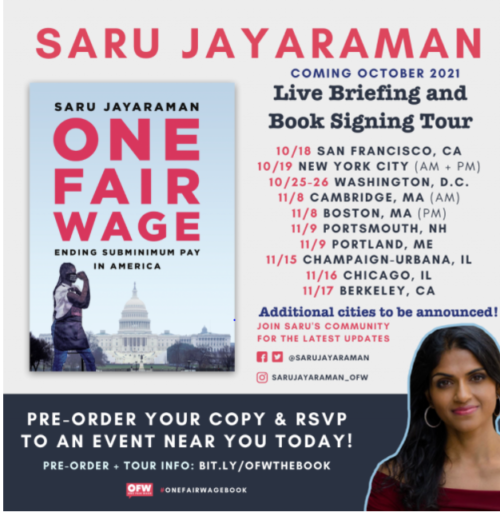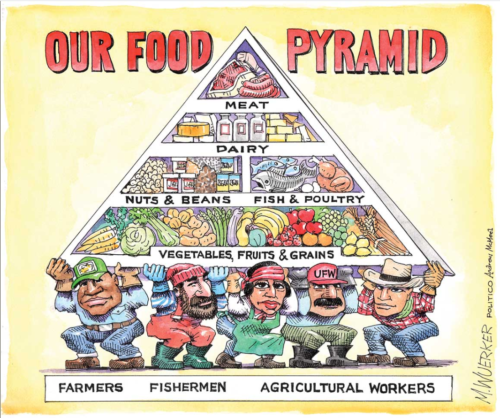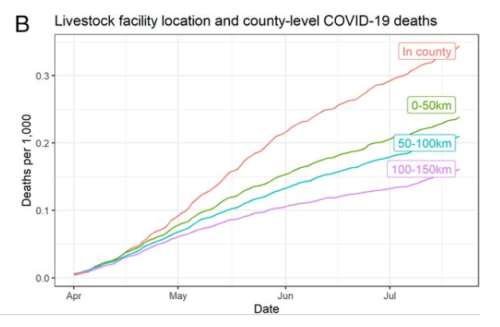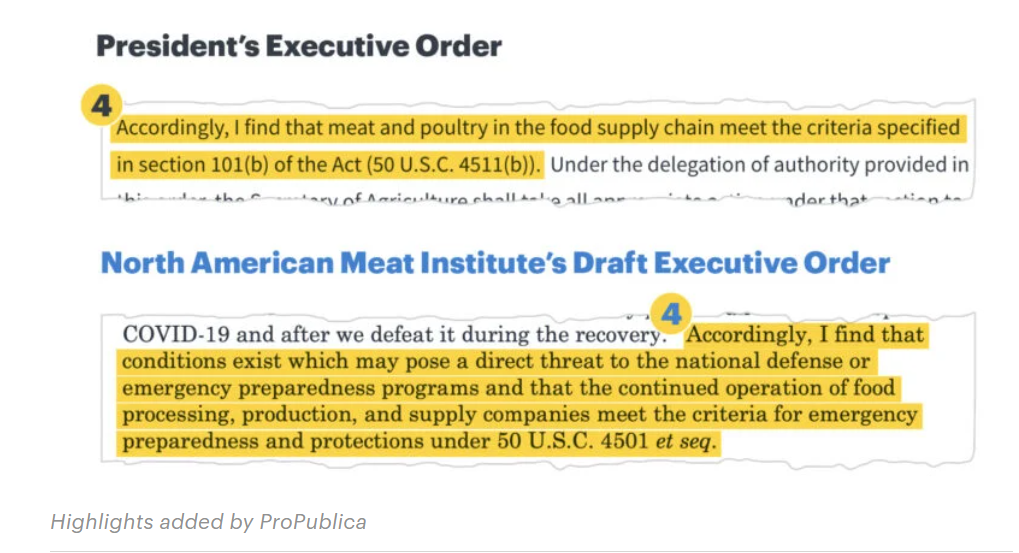Palm oil is on my mind these days because I just did a blurb for a forthcoming book, Jocelyn Zuckerman’s Planet Palm: How Palm Oil Ended Up in Everything—and Endangered the World, which I will say more about when it is published in May.
Palm oil raises so many issues that it’s hard to know where to begin: unhealthy degree of fat saturation, deforestation, loss of biodiversity, child labor, labor exploitation, adulteration, and criminal behavior, with everyone who consumes products made with palm oil complicit in these problems.
Reporters for AP News have done some investigating. Their most recent report talks about the links between child labor and Girl Scout Cookies.
Olivia Chaffin, a Girl Scout in rural Tennessee, was a top cookie seller in her troop when she first heard rainforests were being destroyed to make way for ever-expanding palm oil plantations. On one of those plantations a continent away, 10-year-old Ima helped harvest the fruit that makes its way into a dizzying array of products sold by leading Western food and cosmetics brands….The AP’s investigation into child labor is part of a broader in-depth look at the industry that also exposed rape, forced labor, trafficking and slavery. Reporters crisscrossed Malaysia and Indonesia, speaking to more than 130 current and former workers – some two dozen of them child laborers – at nearly 25 companies…The AP found children working on plantations and corroborated accounts of abuse, whenever possible, by reviewing police reports and legal documents. Reporters also interviewed more than 100 activists, teachers, union leaders, government officials, researchers, lawyers and clergy, including some who helped victims of trafficking or sexual assault.
The AP also reports that abuses of labor in the palm oil industry are linked to world’s top brands and banks.
An Associated Press investigation found many like Jum in Malaysia and neighboring Indonesia – an invisible workforce consisting of millions of laborers from some of the poorest corners of Asia, many of them enduring various forms of exploitation, with the most serious abuses including child labor, outright slavery and allegations of rape. Together, the two countries produce about 85% of the world’s estimated $65 billion palm oil supply…The AP used the most recently published data from producers, traders and buyers of the world’s most-consumed vegetable oil, as well as U.S. Customs records, to link the laborers’ palm oil and its derivatives from the mills that process it to the supply chains of top Western companies like the makers of Oreo cookies, Lysol cleaners and Hershey’s chocolate treats.
Cargill, which is involved in this industry, has responded to the AP report; it denies the charges.
Cargill does not tolerate the use of human trafficking, forced labor or child labor in our operations or supply chains. We expect all Cargill employees and our suppliers to adhere to our formal Commitment to Human Rights, which we enhanced in 2019 to detail the principles we embed into our policies and systems to protect human rights around the world. This Commitment applies to our workplace, communities in which we operate, and supply chains….Our efforts on the ground in our palm supply chain in Malaysia, Indonesia, Guatemala and globally focus on health and safety, responsible recruitment, and transparent contract and pay practices to protect and empower our workers, especially women who depend on their work in palm oil to earn a living and support their families.
As for deforestation, the industry argues for shared responsibility: Palm oil: Why shared responsibility is needed to cement sustainability improvements: There is a disconnect between the reputation and reality of palm oil. Popular media paint palm oil as a primary driver of deforestation…. Read more
All of this suggests: Turbulent times ahead? Malaysia palm oil faces uncertain 2021 with price, production and policy challengesThe palm oil industry in Malaysia needs to prepare itself for an uncertain year ahead with expected price volatility, production decrease and policy changes in the west, with the government attempting to shift to more value-added products in hopes of providing a boost…. Read more
One of the great ironies of all this is that palm oil, which is highly saturated (and, therefore, raises the risk of heart disease), has been promoted and used by the processed food industry as a replacement for trans fats, now mostly gone from the market since required to be listed on Nutrition Facts labels.
Can palm oil be produced fairly and sustainably? The answer depends on whom you ask. The Independent has a quick overview of the controversies.







